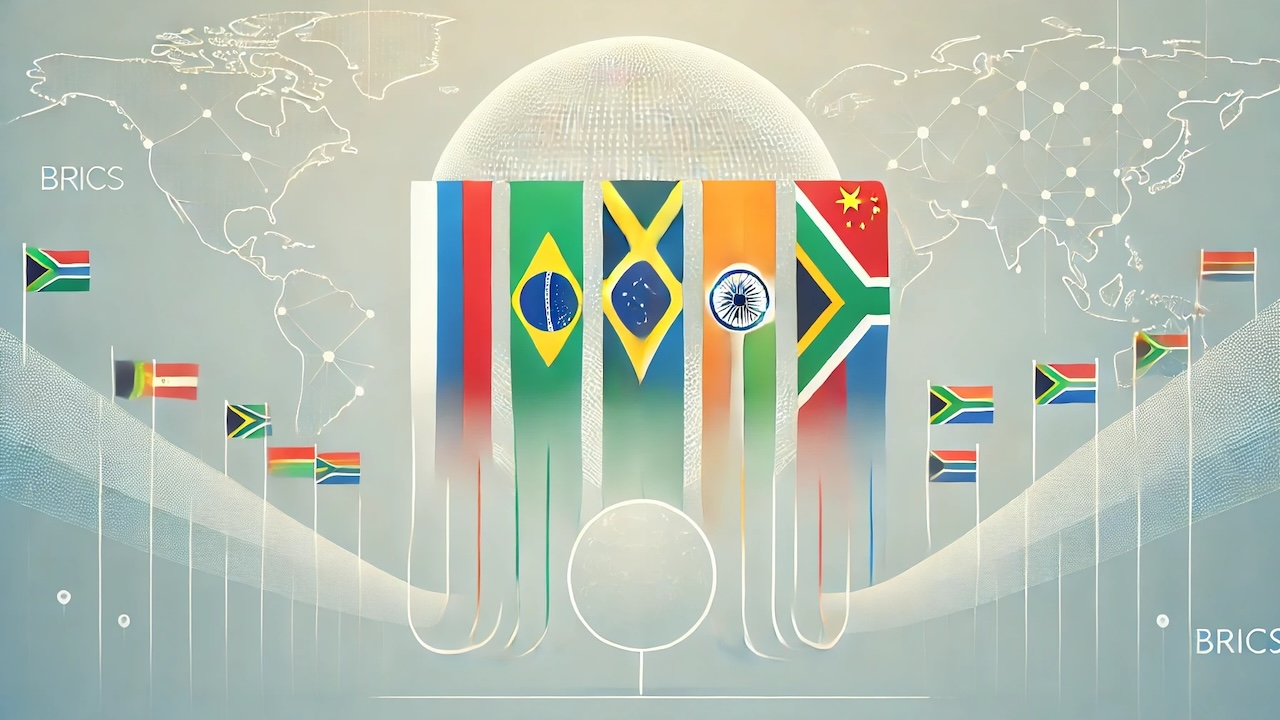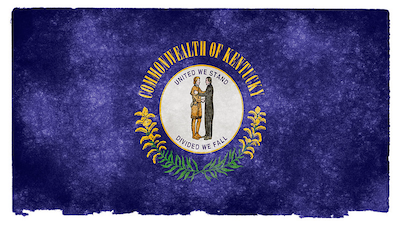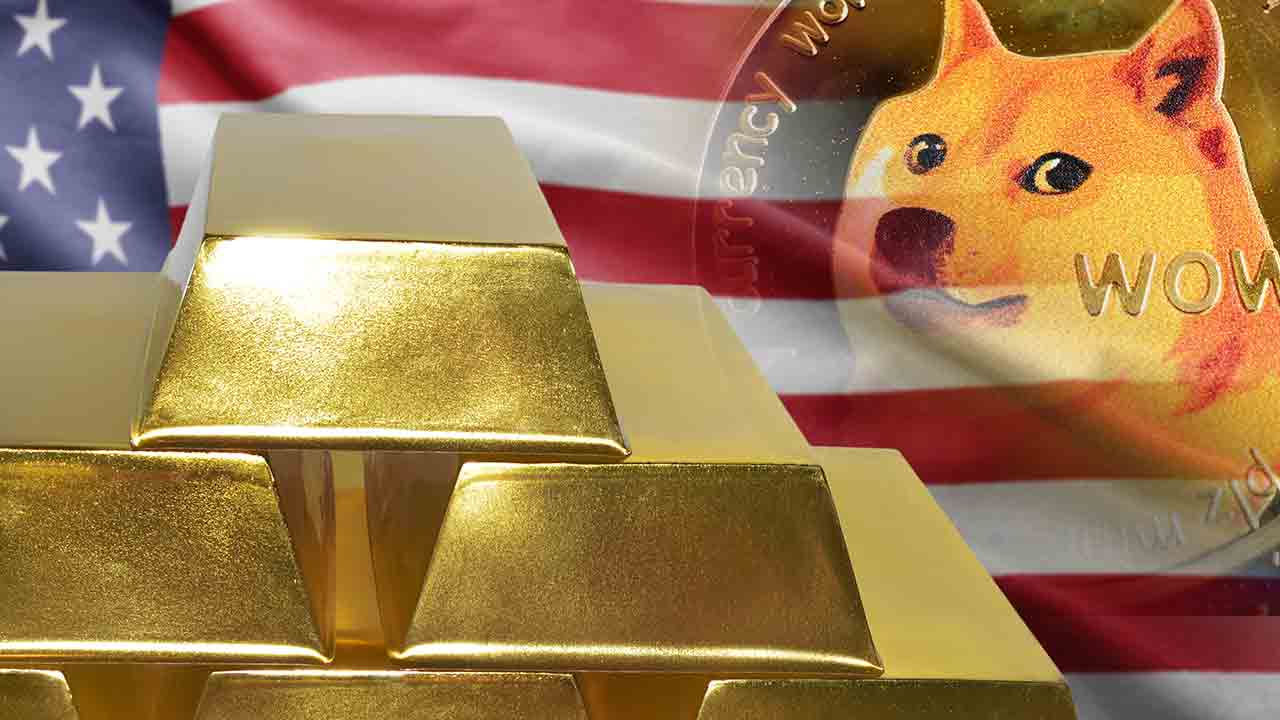The BRICS economic block is pushing forward with plans to develop a system that would facilitate international payments outside the dollar system, with gold serving an important role in the scheme.
According to the Russian news agency TASS, BRICS officials are “developing a wide range of instruments for creating an inclusive international financial system.”
Andrey Mikhailishin heads up the BRICS Business Council task force on financial services. He told TASS parts of the plan will be presented at the Autumn BRICS summit at the end of October.
Several of the projects in development include a common unit of account (a currency), a platform for international payments using a BRICS digital currency, a payment system, a settlement depository, an insurance system, and a BRICS rating alliance.
According to TASS, the key to the new system will be “decentralization of international interaction.” The settlement depository will rely on blockchain technology “to record securities and exchange them.”
Gold will play an important role in the system.
The common unit of account would be pegged by 40 percent to the price of gold. The other 60 percent would be pegged to a basket of BRICS currencies. According to Mikhailishin, this approach would make it “a convenient and universal instrument.”
“When you have a unit of account that can be converted into any national currency, it is more convenient for you to hold it, since it is a more liquid instrument.”
Using a common unit of account would solve the problem of exchange rate volatility when cash balances accumulate in national currencies.
This accumulation of dollars overseas is an important factor in propping up the greenback. Because it serves as the reserve currency, the world needs dollars. This demand for dollars powers the U.S. money printing machine. If the global demand for dollars falls, it would be disastrous for the U.S. economy. A glut of dollars would further devalue the currency and lead to rapidly increasing prices in the U.S. If de-dollarization went far enough, it could lead to hyperinflation.
While the dollar is still the primary global medium of exchange, its role as a store of value is already eroding. More and more countries are turning to gold as a store of value, as evidenced by aggressive central bank gold buying.
Dollar reserves globally have dropped by 14 percent since 2002, and de-dollarization accelerated after the U.S. and her Western allies aggressively sanctioned Russia and froze the country’s assets after it invaded Ukraine with many countries wary of the U.S. weaponizing the dollar.
The Atlantic Council identifies the rise of BRICS as a threat to long-term dollar dominance.
“The project identifies the BRICS as a potential challenge to the dollar’s status due to the individual members’ signal of intent to trade more in national currencies and the BRICS’ growing share of global GDP.”
BRICS is an economic cooperation bloc originally made up of Brazil, Russia, India, China, and South Africa. As of Jan. 1, 2024, the bloc expanded to include Saudi Arabia, Egypt, the UAE, Iran, and Ethiopia.
More than 40 other nations, including NATO member Turkey, have expressed interest in BRICS membership.
The expanded BRICS has a combined population of about 3.5 billion people. The economies of the BRICS nations are worth over $28.5 trillion and makeup roughly 28 percent of the global economy. BRICS nations also account for about 42 percent of global crude oil output.
Read the full article here




![Best 10mm Carbines [Tested] – Gun Digest Best 10mm Carbines [Tested] – Gun Digest](https://gundigest.com/wp-content/uploads/10mm-carbine-feature-kriss-vector.jpg)







Leave a Reply